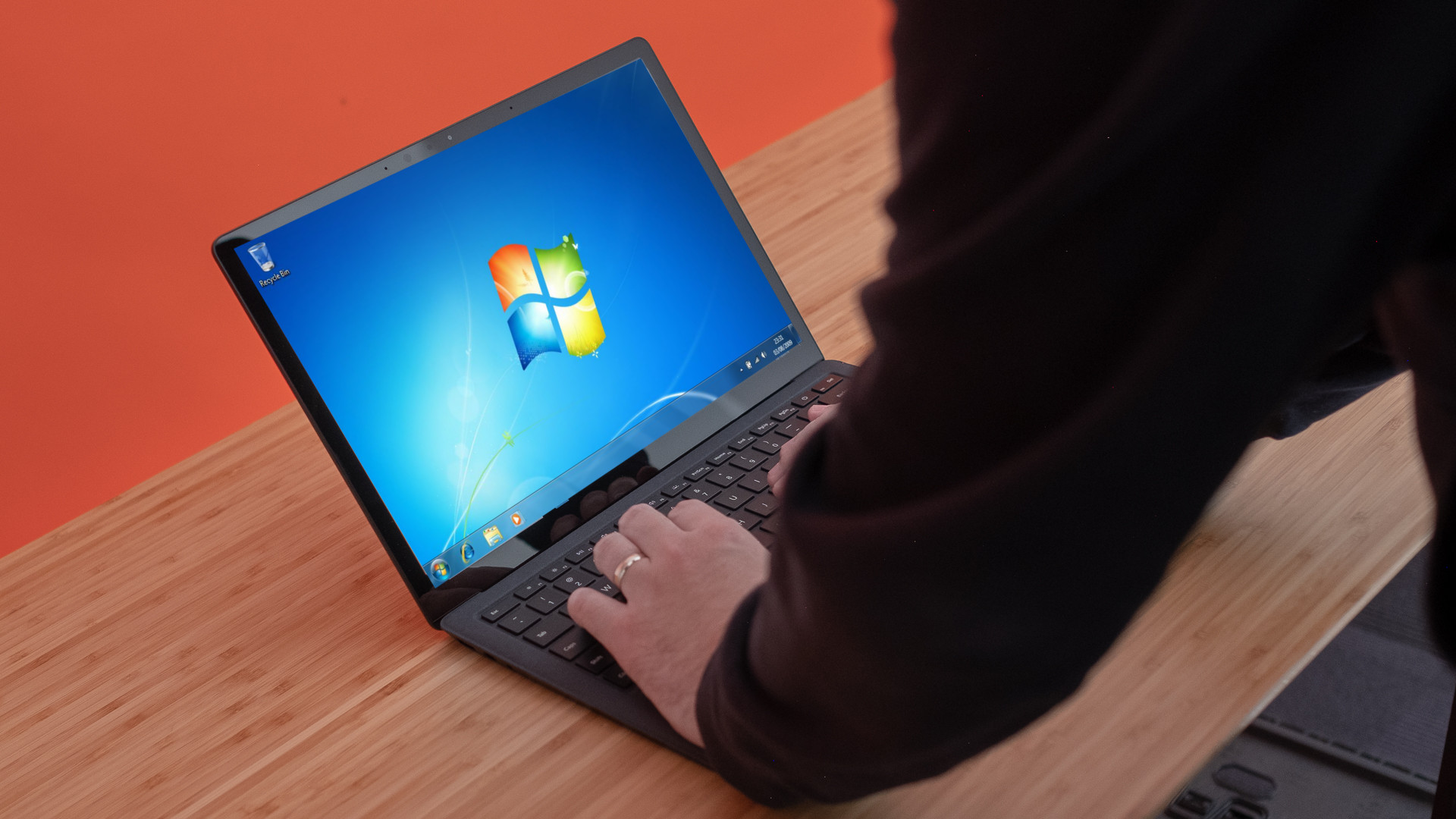Windows 7 use finally declines as the OS nears its end
Windows 10 users up, Windows 7 down

As Windows 7 nears its EOL (end of life), market data appears to show the operating system (OS) is losing users. While there had been a momentary uptick in market share for Windows 7 in February 2019, the most recent data shows Windows 7 declining in March, according to the latest Netmarketshare report.
Late last year, Windows 10 finally overtook Windows 7 to become the most widely used desktop OS. For December 2018, Netmarketshare showed Windows 10 holding 39.22% of users while Windows 7 had fallen to 36.9%.
In January, not long after Windows 10's rise to the top, Microsoft announced that it would no longer support Windows 7 after January 14, 2020. That means there will be no more free security patches, but some users can pay for ongoing support, as there will be paid extended security updates for Windows 7 Enterprise and Microsoft 365 customers.
One last hurrah
In spite of the EOL announcement, Windows 7 actually rose back up to hold 38.41% of the OS market share in February, but that didn't last.
The latest data shows Windows 10 now up to 43.62% market share, its highest yet. Meanwhile, Windows 7 has fallen down to 36.52%.
With the decline now seeming substantial, and Windows 7 not having much life left to offer non-business users, this may truly be the beginning of the end for the decade-old OS.
Now, the only question is whether Microsoft will ever get the Windows 10 October 2018 Update out the door to all users, or whether those left behind will hold out for the (hopefully) more stable Windows 10 April 2019 Update. The other option for those folks? Head to macOS or Linux.
Get daily insight, inspiration and deals in your inbox
Sign up for breaking news, reviews, opinion, top tech deals, and more.
Over the last several years, Mark has been tasked as a writer, an editor, and a manager, interacting with published content from all angles. He is intimately familiar with the editorial process from the inception of an article idea, through the iterative process, past publishing, and down the road into performance analysis.
